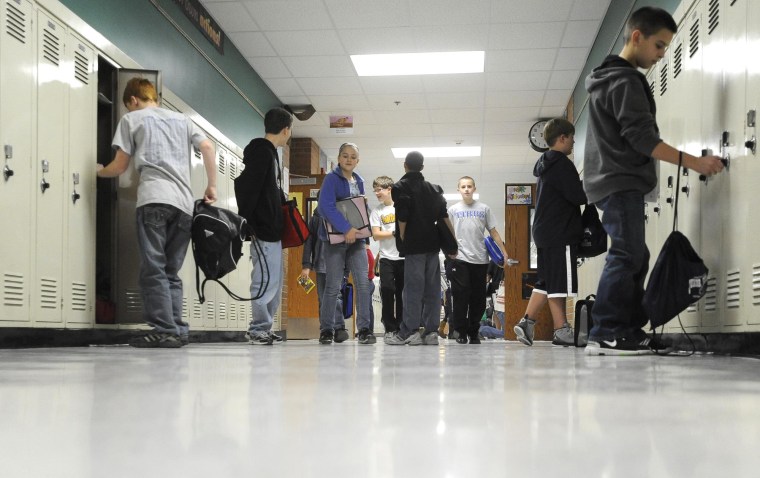A professional football player is a surprising spokesman for bullying prevention, but Pittsburgh Steeler Hines Ward is drawing from his own childhood to bolster his advocacy.
“I was a bullied kid,” says Ward, a former member of the President’s Advisory Commission on Asian Americans and Pacific Islanders, in a White House video. “I used to get talked about and teased all the time. The black kids didn’t want to hang out with me because I was Korean, the Korean kids didn’t want to hang out with me because I was black, and the white kids didn’t want to hang out with me because I was both black and Korean.”
Building on their 2011 Bullying Prevention Summit, the White House Initiative on Asian American and Pacific Islanders (WHIAAPI) has partnered with the U.S. Department of Justice, the U.S. Department of Education, and the U.S. Department of Health and Human Services, to launch a new Asian American and Pacific Islander (AAPI) Bullying Prevention Task Force to address bullying in the schools. It will bring together federal experts in various fields and community members to study the data, understand the barriers, improve outreach, develop training and toolkits for schools, and make AAPI communities aware of federal resources and recourse.
According to a 2013 study by Asian American Defense and Legal Education Fund (AALDEF) and The Sikh Coalition, 50 percent of Asian-American children in New York City report being bullied, up from 27 percent in 2009. 54 percent of the bullying occurred inside the classroom, and cyber-bullying occurred once or twice a month -- 40 percent more often than for other groups. A larger 2014 study by The Sikh Coalition showed that the situation is even worse for Sikh children—50 percent of all Sikh children are bullied, but that number increases to 67 percent for Sikh children who wear turbans or pataks.
IN-DEPTH
- Thirteen Years After 9/11, Report Finds a Community Under Siege
- Three Years Later, A Moment of Silence for Private Danny Chen
- How Pacific Islander Students Are Slipping Through the Cracks
